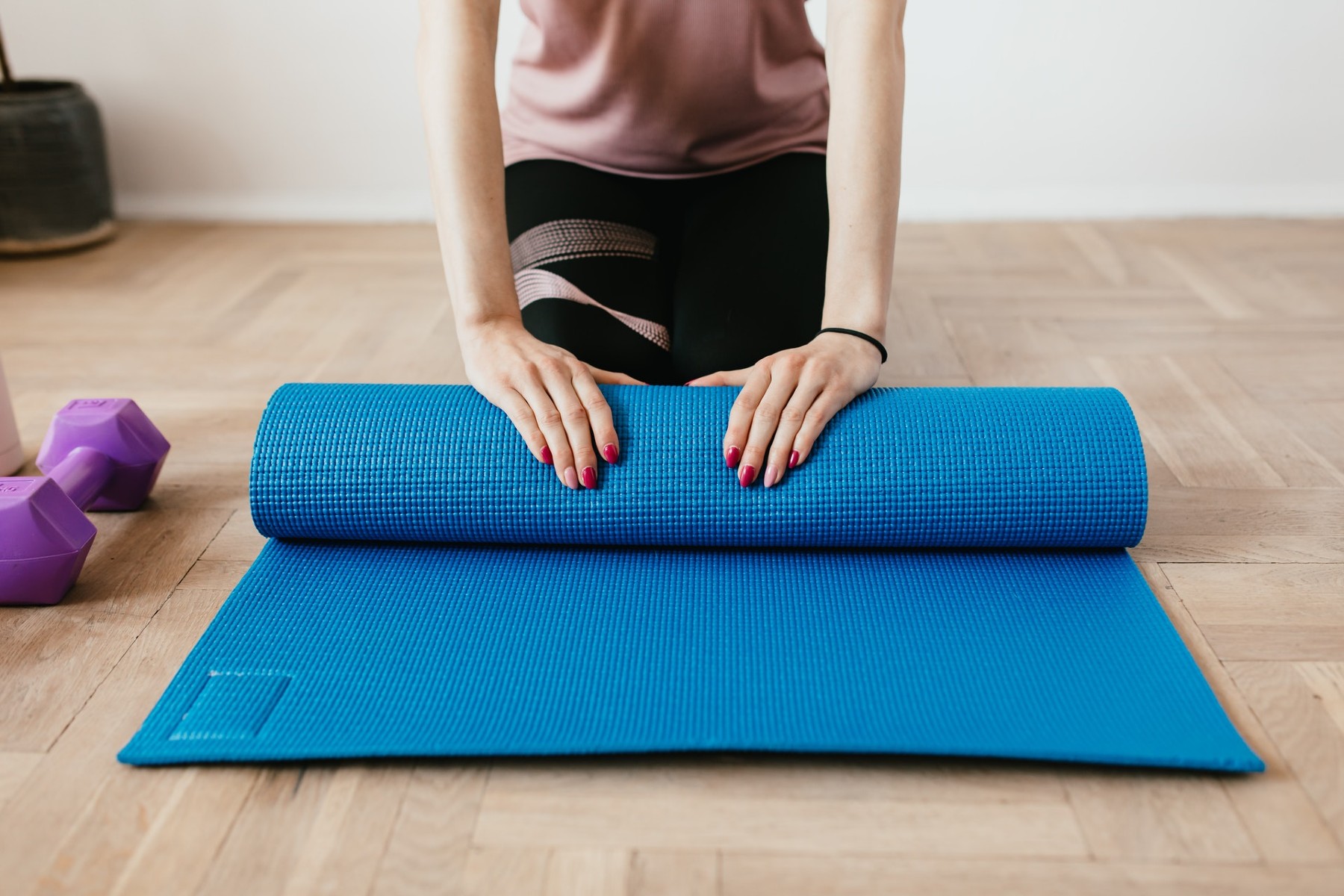Diastasis recti is a condition characterized by the separation of the abdominal muscles. The Mayo Clinic defines diastasis recti as the occurrence when “the growing uterus stretches the muscles in the abdomen. While it certainly sounds alarming, it is very common among postpartum patients, and often heals on its own. It can also happen to middle-aged women and men, especially those who have undergone abdominal surgery or have a weak core.
Ab separation is normal during pregnancy because your uterus has to stretch to accommodate a baby. It can, unfortunately, remain long after a newborn has made the big debut. If this gap does not heal on its own, you may need to seek out physical therapy or consider surgery (in extreme cases).
Think you might have diastasis recti? There are a few simple ways to check. The most common symptom is a stubborn little bulge that will not go away. This is not the baby weight, but the location where abdominal muscles have separated from each other. Additionally, you will likely feel constantly bloated or experience back pain and core weakness, which leads to bad posture.
If you find yourself struggling to use your ab muscles and experience these other common symptoms, you should speak to your doctor or a physical therapist for an official diagnosis. In the meantime, there are many steps you can take at home.
If you suspect that you have diastasis recti, it’s crucial to gradually and gently start strengthening your core.

Here are five diastasis recti exercises to try. Take it slow, and have patience with your changing body.
Pelvic tilts
Start on your back with your legs gently bent and feet planted on the ground. Slowly tilt just your pelvis up toward your navel with a subtle and controlled movement. Be careful not to raise your bottom completely off of the ground. Hold this position for a few seconds, then lower your pelvis back to its starting position. Repeat this slowly 8 to 10 times.
Heel slides
Once again, start on your back with your legs bent and feet firmly on the ground. Flex your right foot and keep the heel grounded. Slowly slide this foot forward until your leg is straight. Gently slide it back towards your buttocks until return to the starting position. Repeat this movement with your left leg to complete one set. Aim for 8 to 10 sets per session.
On-your-knee pelvic tilts
First, position yourself on your hands and knees in a tabletop position with your hands in line with your shoulders and knees under the hips. Breathe in and curl your back up like a cat, then exhale and return to a flat back neutral position Repeat this movement 8 to 12 times.
In yoga, this cat pose typically transitions to a cow pose with your back arched downward. Avoid this position if you have diastasis recti, as it can exacerbate pain in the abdomen and lower back.
Single-leg reach on back
Lie down on your back and lift your legs, bending the knees at a 90-degree angle. Inhale as you straighten your right leg at a diagonal angle. Exhale as you return to the starting position. Repeat with the left leg, and complete 8 to 12 sets.
Slow modified squatting lunges
Stand with your feet shoulder length apart, slowly bend your knees into a squat position, and lift your arms above your head. Keep your rear pushed back, chest straight, and knees stacked over your ankles. Hold this position, then return to your original upright stance. Repeat 8 to 12 times.
With some patience, practice, and a daily full-body workout, you can heal your abdominal muscles and regain your core strength. In addition, you might want to incorporate daily lower back routines as well as stretches to release tension from your body – not only will these contribute to your overall well-being, but they will also relieve you of a known side effect, which is back pain. Always talk to your doctor before starting a new exercise routine, especially if you suspect you have an injury or condition such as diastasis recti. Doing too much too soon can exacerbate the problem, so pace yourself and seek out physical therapy if the issue worsens or does not improve after a few weeks or months.
BlissMark provides information regarding health, wellness, and beauty. The information within this article is not intended to be medical advice. Before starting any diet or exercise routine, consult your physician. If you don’t have a primary care physician, the United States Health & Human Services department has a free online tool that can help you locate a clinic in your area. We are not medical professionals, have not verified or vetted any programs, and in no way intend our content to be anything more than informative and inspiring.


